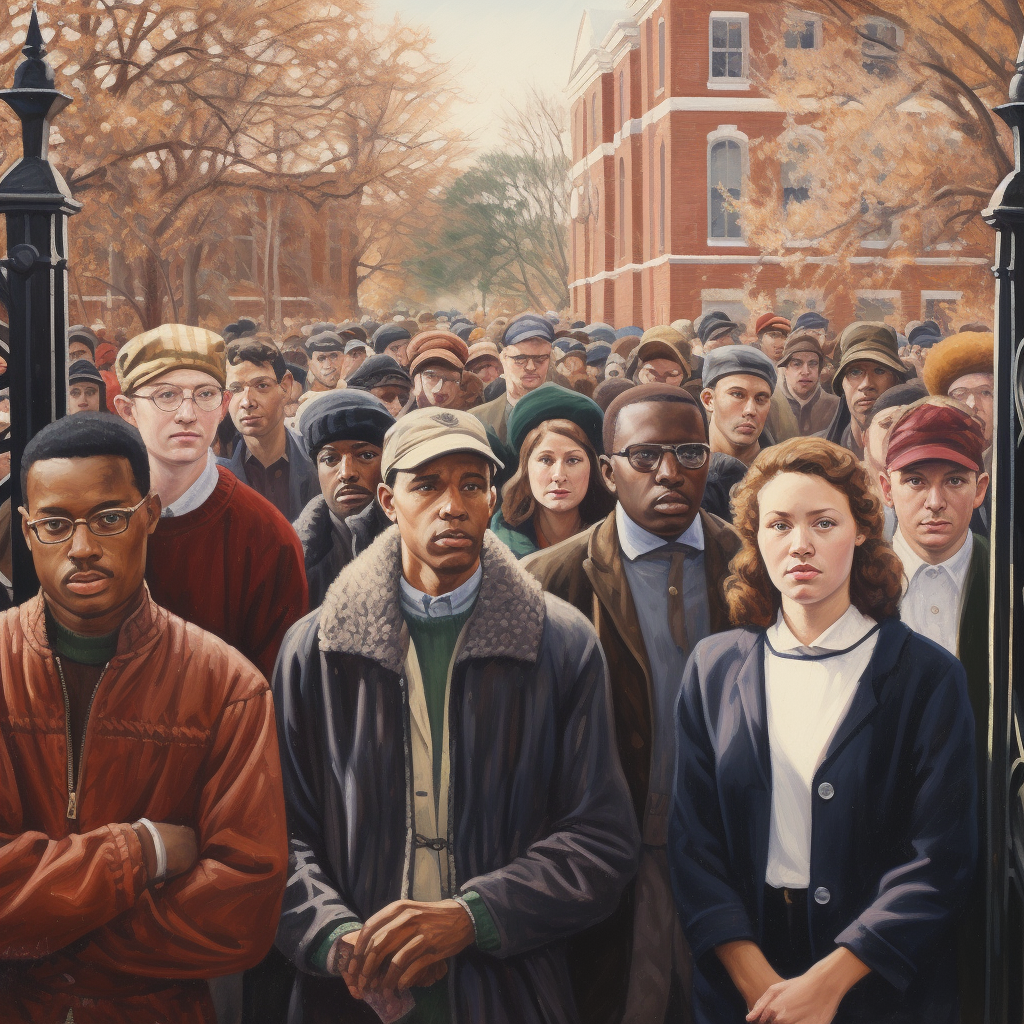The Supreme Court ruled today on the constitutionality of using race as a factor in determining who is admitted to selective universities. Most coverage of the ruling has stated that the court has ended affirmative action, but this is not really true.
Instead, the court has created new rules about how race can be considered in admissions. Under the old rules, race could be considered in service of the goal of creating a racially diverse student body in order to promote better education through exposure to different kinds of people. Under the new rules, race can be considered in the context of how it affected a particular applicant’s life, and how those effects reflect on the person’s character and unique abilities.
For the reasons provided above, the Harvard and UNC admissions programs cannot be reconciled with the guarantees of the Equal Protection Clause. Both programs lack sufficiently focused and measurable objectives warranting the use of race, unavoidably employ race in a negative manner, involve racial stereotyping, and lack meaningful end points. We have never permitted admissions programs to work in that way, and we will not do so today.
At the same time, as all parties agree, nothing in this opinion should be construed as prohibiting universities from considering an applicant’s discussion of how race affected his or her life, be it through discrimination, inspiration, or otherwise. But, despite the dissent’s assertion to the contrary, universities may not simply establish through application essays or other means the regime we hold unlawful today.
The case in question was brought by an organization purporting to represent Asian applicants to selective universities. The plaintiffs argued that Harvard University and the University of North Carolina were discriminating against Asian applicants in order to limit how many Asians were in each incoming class. The court decided that the way Harvard and UNC was handling Asian applicants does violate the constitution, but also clarified that race-conscious admissions are still permissible so long as they are done in a certain way.
The new rules for race-conscious admissions actually seem more in line with the left-wing rationales for affirmative action. Those rationales are focused on the ways in which past and present racial oppression has affected people’s lives, necessitating a race-conscious remedy in the form of affirmative action. This is more or less what Roberts is instructing schools to do, i.e. not pursue a particular racial balance for educational benefits, but to consider the effect race has had on an individual’s life as part of calculating whether they merit admissions.
Indeed, the new rules actually seem like they could make it even easier for schools to discriminate against Asian applicants in the way that the plaintiffs complained about. Admissions officers could simply decide, quietly of course, that the difficult racial experiences of black, Latino and native applicants are more revealing of an underlying character and ability that merits admissions than the racial experiences of Asian and white applicants, which are perhaps not as difficult.
In its statement responding to the judgment, Harvard University made it fairly clear that it is still going to engage in race-conscious admissions along the lines prescribed by the court’s decision:
Today, the Supreme Court delivered its decision in Students for Fair Admissions v. President and Fellows of Harvard College. The Court held that Harvard College’s admissions system does not comply with the principles of the equal protection clause embodied in Title VI of the Civil Rights Act. The Court also ruled that colleges and universities may consider in admissions decisions “an applicant’s discussion of how race affected his or her life, be it through discrimination, inspiration, or otherwise.” We will certainly comply with the Court’s decision.
One possible downside to this decision is that applicants hoping to get some kind of racial preference will have to include a detailed story about how their race affected their life. Many students already do this in personal essays as part of their application package, but going forward, this will become effectively mandatory as it will be the only way to make oneself eligible for a racial preference. Individuals who fail to include these details in their personal statements, either due to being unaware of the new rules of race-conscious admissions or due to simply not wanting to, risk being passed up by other members of their racial group who do include them in their personal statements.
Nonetheless, the overall thrust of the decision is that race-conscious admissions are here to stay.

